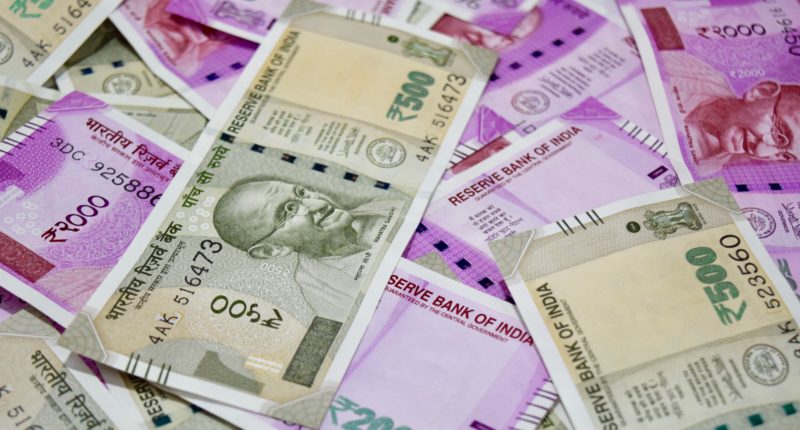The wholesale price index (WPI) has shot up to 7.39 per cent in March 2021, which is the highest in eight years. Who are the culprits behind this rise? Will it impact the common man?
First, let us understand the Wholesale Price Index. How is it different from the Consumer Price Index?
Both WPI and CPI indexes are used to calculate the inflation rate.
The wholesale price index (WPI) is a weighted average change in wholesale prices of commodities before it reaches the consumer. Hence WPI measures the price change in the first level of the supply chain. It includes only prices of goods like fuel, power and manufacturing products. Services are not included in the WPI index. Hence WPI index shows the impact of inflation on the manufacturers and businessmen.
Consumer Price Index measures the change in the retail price of goods or service or the inflation faced by the consumers. It is an index reflecting the price change at the final level, i.e. consumer level. CPI index covers goods and services like food, education, transport, communication, clothing, housing and health care.
Earlier, only WPI was used to understand inflation; however, as it does not show the impact of inflation on common people, CPI was introduced. WPI talks about inflation at the business level and CPI at the consumer level.
RBI monitors the CPI inflation rate for inflation-targeting and policy setting., the WPI inflation is an indicator of the price rise of some essential goods used as inputs in many industries. For instance, price rise in metals does not directly affect the consumer; however, it indirectly impacts the CPI index by increasing the cost of production of the industries using these metals.
Factors leading to rising in WPI index
WPI has been increasing since December 2020, when it was 1.9 per cent, with the highest increase in March 2021.
The price rise in fuel, including LPG, petrol and diesel, is one of the main reasons that led the wholesale inflation to reach an 8-year high at 7.3 per cent in March 2021. It stood at 4.17 per cent in February 2021. Fuel prices increased in Feb 2021 by 0.6% after reducing for 11 straight months. Petrol prices rose by 18.4 per cent and LPG prices by 10.5 per cent in March compared to just 0.8 per cent and 0.5 per cent in February, respectively.
Also, the weakening of INR is expected to push up the cost of imports, which will add to the inflationary pressures for the WPI in the near future.
A continuing uptick in food prices has also contributed to climbing inflation for the third month in a row. Prices of manufactured products, which comprise 65 per cent of the index, rose by a sharp 7.3 per cent.
All of the factors mentioned above, coupled with the effects imposed by the second wave of COVID 19 in the Indian economy, has triggered inflation. The economy had started to slowly recover in the fourth quarter of FY21 when hit by the second wave. The demand and businesses are expected to remain sluggish as major states are imposing lockdowns.
On the other hand, the current CPI inflation rate is 5.52 per cent for March 21, which is on the higher side of the tolerance range of 2-6 per cent. The CPI level stood at 5.03 per cent in Feb 2021.
RBI does not expect the rise in WPI to affect the interest rate majorly, as the WPI index has less than 1/3rd weightage, with the rest being CPI. However, WPI inflation which is expected to rise further over the next two months, according to the estimations of the ICRA, might trigger the rise in even CPI index.
Probable effects of shoot up in WPI index
The rise in WPI inflation will have two important effects in the future, as below-
- Any further rise in the WPI index might percolate down to a rise in consumer inflation. This might trigger inflationary sentiments amongst the common man, leading to making purchases earlier than planned. This behaviour amongst the people of the country causes a rise to actual inflation.
- On the other hand, if the WPI index continues to rise even in the next 2 months, the producers and traders would start to pass the price rise to the consumers giving rise to CPI inflation in future.
In either of the scenarios, a rise in WPI is an indicator of hardening prices. This rise should be considered an early warning sign for policymakers to keep a check on inflation. The economy does not witness another supply-side shock, negatively impacting costs and employment.
For any clarifications/feedback on the topic, please contact the writer at cleyon.dsouza@cleartax.in

I am a Chartered Accountant by profession with 4+ years of experience in the finance domain. I consider myself as someone who yearns to explore the world through travelling & Reading. I believe, the knowledge & wisdom that reading gives has helped me shape my perspective towards life, career and relationships. I enjoy meeting new people & learning about their lives & backgrounds. My mantra is to find inspiration from everyday life & thrive to be better each day.





